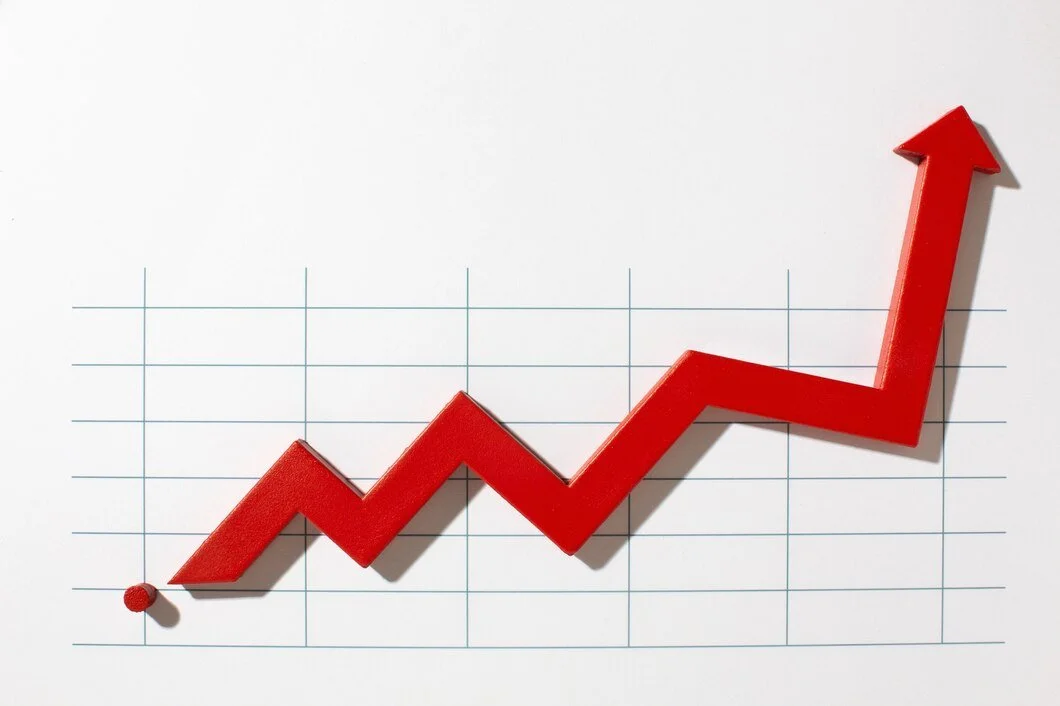Fed rate cuts to remain in view for 2024, even as rate-setters shift
The annual rotation on the U.S. Federal Reserve’s interest-rate-setting committee means its 2024 voting members lean slightly more hawkish than the outgoing group from 2023 – but that won’t budge the outlook for a pivot to interest-rate cuts next year.
In fact, plenty of analysts make the opposite argument: if inflation continues to fall more quickly than expected, Fed policymakers will want to reduce rates even more than the three-quarters-of-a-percentage point implied in fresh projections published last week.
An important test comes on Friday, with the release of November’s personal consumption expenditures price index, the Fed’s preferred measure of inflation. Economists currently expect it to be unchanged from the prior month, bringing the annualized rate over the past six months to within a couple tenths of the Fed’s 2% target.
Over the second half of the year, the center of gravity at the Fed policymaking table has become markedly more dovish, as evidence accumulates that price pressures are easing and the labor market is cooling in the face of the Fed’s rates hikes from March 2022 to July 2023.
In particular, those policymakers who had been most hawkish, including Fed Governor Christopher Waller, have backed away from their previous support for rate hikes.
“Everybody is a hawk when you are fighting inflation,” said Deutsche Bank’s Brett Ryan. “As the upside risks to inflation have diminished, they have changed their view.”
After central bankers held rates steady at 5.25%-5.50% last week, Fed Chair Jerome Powell noted that the timing of rate cuts would be the Fed’s “next question,” sending bond yields plummeting and markets pricing in rapid-fire policy rate reductions starting in March.
But even if cuts come later and more gradually than that, as policymakers have since tried to signal, the direction of those bets tracks the Fed leader’s changed tone.
“Powell is not stupid,” said SGH Macro Advisors’ Tim Duy. “If he set expectations for more than 75 basis points of rate cuts, he did it for a reason.”
One reason, Duy explains, is this: As lower inflation filters through the economy, firms that this year were able to raise prices will find it more difficult to do so next year, and may need to turn to trimming labor costs to protect their profits. Signaling easier policy ahead is a bid to head off those kinds of “nasty” disinflationary dynamics, he says.
There is also another rationale for rate cuts next year: As inflation falls, holding the benchmark rate steady drives real borrowing costs up, so the Fed must dial back its policy rate to prevent overtightening.
“If the Fed does decide to ease a little bit more aggressively,” argues BMO economist Scott Anderson, “it would really be because of inflation, not because of growth or a spike in unemployment.”
The new year will bring plenty more data ahead of the Fed’s next meeting, on Jan. 30-31, including a read on the U.S. unemployment rate, now 3.7% and just a tenth of a point above where it was when the Fed began raising rates.
FED VOTER ROTATION
The four Fed bank presidents who get their turn next year at voting on policy under the Fed’s rules of rotation appear inclined to support fewer rate cuts than the four they are replacing, economists at Deutsche Bank, BMO and others believe.
Among 2024 voters is Raphael Bostic, the chief of the Atlanta Fed. Though dovish in the sense that he has tended to express more concern about causing excessive job loss than some of his fellow policymakers, he has also said he believes the Fed policy rate should end next year in the 4.75%-5% range.
Most of his colleagues feel a lower range will be appropriate, projections published last week show.
Joining Bostic are Cleveland Fed President Loretta Mester and Richmond Fed President Thomas Barkin, both seen as hawkish; San Francisco Fed President Mary Daly, a centrist, is the fourth 2024 voter.
In 2023 voters included the hawkish chiefs of the Minneapolis and Dallas Fed banks, and the leaders of the Philadelphia and Chicago Fed banks, who lean the other way.
Fed policymaker views on rates do change with the data. Mester in particular has sounded in recent months less sure about the need for further tightening. And the voting lineup itself is subject to change: under the Fed’s rules Chicago Fed chief Austan Goolsbee would take over Mester’s voting right once she retires in June, if the Cleveland Fed has not by then selected a new president.
Ultimately all 19 Fed policymakers, including non-voters, take part in the policy debates that shape the decisions.
A number of evolving factors could halt or even reverse progress on inflation, rekindling the hawkish bias that dominated the thinking of most of those 19 throughout this year.
An extended disruption of traffic through the Suez Canal resulting from Houthi militant attacks on ships in the Red Sea could push up prices of goods, after six months of inflation-dulling declines.
A rise in consumer confidence could set up for stronger spending ahead.
Easier financial conditions, with the 10-year yield now back down to where it was in July when the Fed last raised rates, could add fuel to borrowing and investment.
And job growth could continue to surpass expectations, as it did for much of last year.
“There are definitely risks” that inflation progress could stall, Oxford Economics’ Nancy Vanden Houten said. But in all, she said, she believes the Fed won’t adjust policy to counter a geopolitical shock unless it is seen as quite long-lasting, and with the policy rate as high as it is, the table looks set for weaker spending and job gains next year.
The rotating cast of Fed voters will likely matter less than the data itself, she said, which in her view supports the three quarter-point rate cuts that most policymakers expect.
Source: Reuters (Reporting by Ann Saphir; Editing by Dan Burns and Andrea Ricci)

